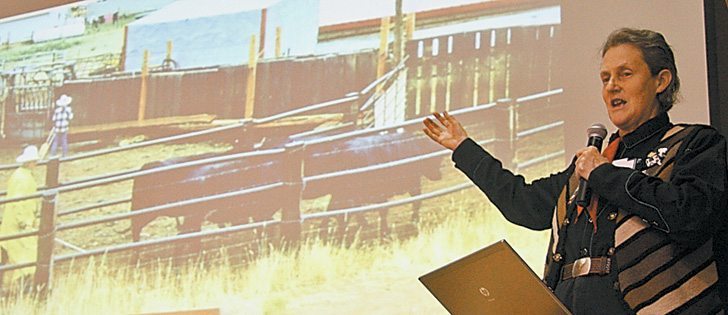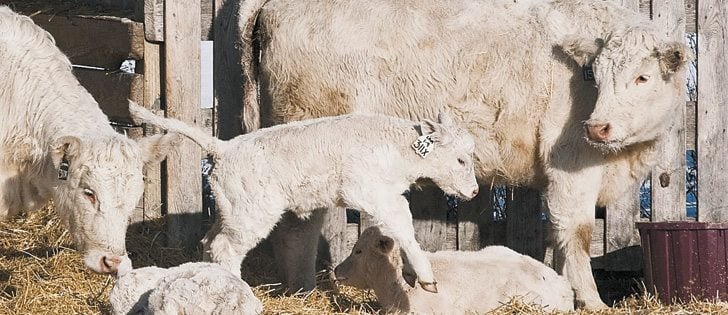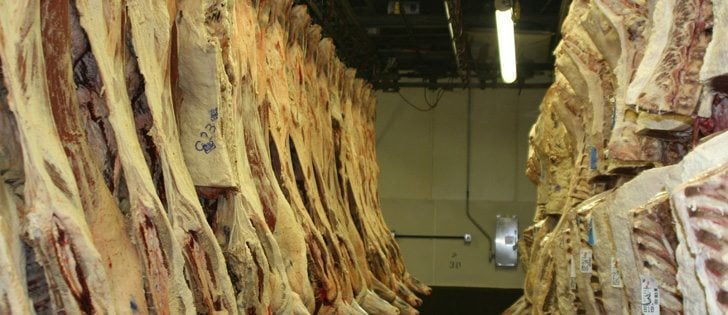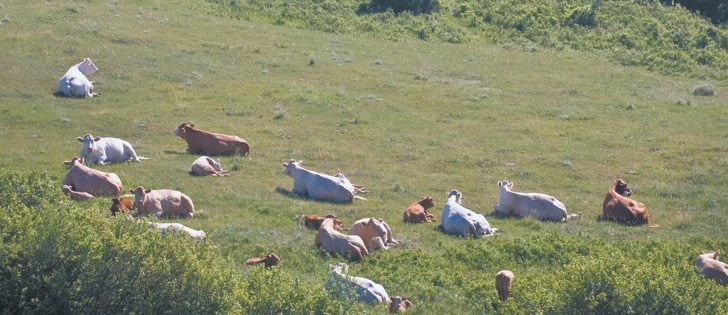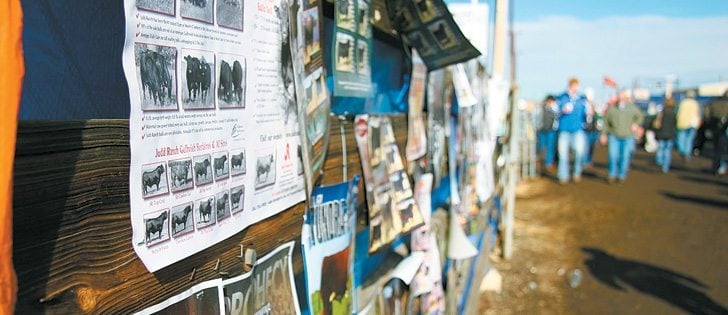Infectious diseases that people get from animals often fly under the radar, but they are important to consider, especially for people who work closely with animals.
Cattle can transfer bacteria to people through contaminated meat and milk products. E. coli, salmonella and listeria are most often the culprits of food-borne illness.
Cases of food poisoning occur when meat is improperly handled and cooked. Slaughter and meat processing operations strive to minimize contamination, but no system is perfect, leaving it up to those in charge of food preparation to ensure food is properly cooked.
Read Also

Charges laid after cattle theft
Saskatchewan RCMP lay two charges against a man after six cattle went missing.
Brucellosis, which causes recurrent fevers, and bovine tuberculosis were historically important diseases transmitted from cattle to people. Eradication of these two diseases from Canada, with the exception of two known focuses of disease in wildlife, has minimized the risk to people.
A virus causes pseudo-cow pox, which is also known as milker’s wart in people. Infected cattle develop sores on their teats, and milkers contract the virus during milking through direct contact with the sores.
Although less relevant in this age of mechanized milk machines, it is worth mentioning for the odd time a cow has to be manually milked before treatment for mastitis. Wear gloves and thoroughly wash your hands if you see wart-like growths on the teats.
This virus causes painful nodules on the skin of the hands, which generally go away on their own and tend not to reoccur.
Q-Fever is caused by the bacteria Coxiella burnetii, which is carried by half of all sheep in North America and a much lower proportion of cattle and goats. Signs of disease are absent in most infected animals, although large amounts of the bacteria are present in the placenta and birthing fluids.
Infections in people result from ingestion, inhalation or contact with the bacteria, which is most likely when assisting birthing animals.
The disease in humans ranges from a mild, flu-like illness to more serious heart valve infections and miscarriage in pregnant women.
Limiting exposure to birthing fluids and wearing protective gear should be considered when assisting with cattle, sheep and goat deliveries. Associated materials, including placentas, aborted fetuses and contaminated bedding, should be burned.
At-risk people, including those who are pregnant, elderly or have heart disease, should not handle contaminated material, including clothing.
The beef tapeworm Taenia saginata lives in the intestines of infected humans and can reach 25 metres in length.
The tapeworm passes between people and cattle to complete its life cycle. Eggs are passed in the human feces, and cattle become infected when they eat the eggs on contaminated plant materials.
The microscopic larval worm moves into the muscles, where it waits for a human to eat it. Once consumed, it can develop into the adult form in the human intestines.
Adequate cooking kills worms in muscles and prevents people from becoming infected. Cattle do not show any signs of illness when infected, but human illness ranges from mild abdominal pain to weight loss, diarrhea and constipation.
No list of zoonotic diseases is complete without the inclusion of rabies. Yes, cattle too can get this deadly viral disease and pass it to people.
The virus affects the brain and nerves, which means signs of rabies can include lameness or paralysis, trouble swallowing, sudden changes in behaviour or abnormal vocalization.
If you notice these, avoid contact with the animal and call your vet.
Wash your hands after contacting animals, especially before eating, and thoroughly cook your meat.
If you suspect you are ill, mention to your doctor that you work with animals.





